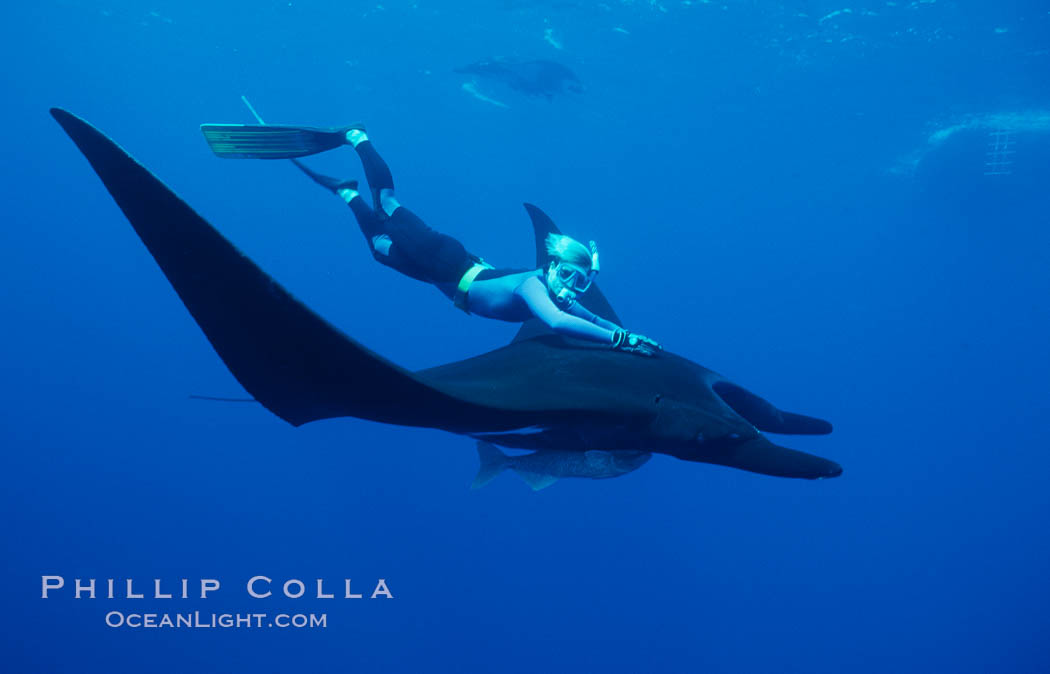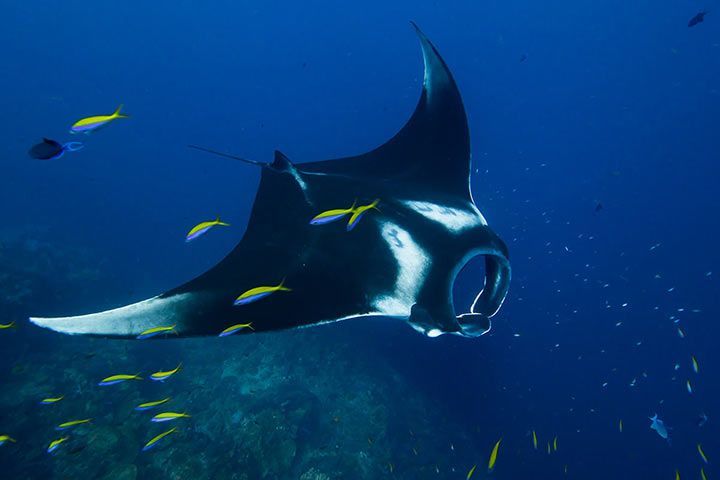

The 3 Manta Ray Viewing Sites in Kona, Hawaiiįind out more in this article about the effect of night time feeding on manta rays in this article!Īre Manta Ray Expeditions Harmful to Manta Rays? To learn more about the manta ray viewing sites in Kona, check out this article! This is how the manta ray viewpoints along the coast of Kona on the Big Island work: these are the locations where manta rays congregate, making them ideal locations for tourists to come and meet the manta rays in their natural habitat. When humans started using big underwater lights that attracted plankton, reef mantas were quick to follow: once they understood that these lights contained more food than any other feeding ground, the manta rays became conditioned to be attracted by the lights as well. Just like moths are drawn to light, plankton is attracted to it as well. When you turn on a light in the ocean at night, the plankton makes it look like an underwater snowstorm. There are over 5,000 species of plankton. Most of them can not or hardly be seen with the naked eye. Think of an “alphabet soup” of small and microscopic organisms of various kinds and species. This consists of copepods, mysid shrimp, crab larva, mollusk larvae and fish eggs. Mantas eat plankton – more specifically zooplankton. If you would prefer to look & listen, click play to watch the video. Note: I have also recorded a video about this topic. In this article, we’ll dive into what manta rays eat – how much of it they need to eat – and the techniques they use to feed. The picture below shows the pelagic manta ray with a lot of black coloring around the eye and the inside of the cephalic fin versus the reef mantas which is all white on those areas.Considering the immense size of manta rays, it’s clear they’ll have to eat a lot to sustain themselves. You might run into a “Black Ray” here is an awesome example of one filmed by Justin Summers. Pelagic mantas have a darker black-greyish topside with more dark on their underside and on the cephalic fins than reef mantas do. Difference #3: Manta Ray Colors and Patterns You are super lucky if you encounter an oceanic manta I’ve been diving and snorkeling around the coasts of Hawaii for over 25 years now and I’ve seen plenty of reef mantas, but only a handful of pelagic ones.īoth types of manta rays live in the tropical and subtropical, although pelagic mantas might also be found in moderate waters. “Pelagic” means that the fish lives neither close to the bottom nor near the shore, although sometimes giant manta rays do also swim inshore. Although they’re seen more often at night around the manta ray viewing sites, where they come to feed. Along the Kona Coast, the reef is right along the shoreline which makes sightings a frequent event, both at night and during the daytime. Difference #2: Their Habitat and DistributionĪs its name already gives away, the common habitat for the manta ray is the reef. However, as they roam the deeper “pelagic” zones of the ocean, we don’t see them as often during our moonlight swim adventures. However, a large manta ray like Big Bertha is still a lot smaller than your average pelagic manta ray the latter’s wingspan can measure up to 22 feet (seven meters). She measures about fourteen feet (five meters) wingspan which is wider than a basketball loop is high! Big Bertha is one of the biggest grown-up females we see regularly here along the coast of Kona. No surprise there: reef mantas are a little “smaller” than oceanic mantas. Pelagic manta Difference #1: The Giant Manta is Bigger than the Reef Manta Pelagic manta = giant manta ray = oceanic manta ray they usually roam the “pelagic” zones of the ocean. Reef manta = the type of manta ray who stays closer to the reef. And even though both types are huge, only one of them is called “giant manta ray” 🙂 There is much confusion about the types of manta rays out there, even though there are only two.

Their habitat and distribution – we’re still learning about their migration patterns, but there are very clear differences between both types of manta rays.

Even though reef mantas are huge already! Their size – the giant manta ray is bigger than the reef manta.

These two manta rays are very different, namely when it comes to A question we often get about manta rays is what is the difference between the mysterious giant manta ray – and the reef manta ray we encounter daily when we take guests to swim with mantas.


 0 kommentar(er)
0 kommentar(er)
